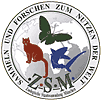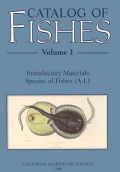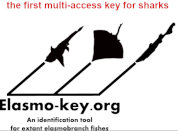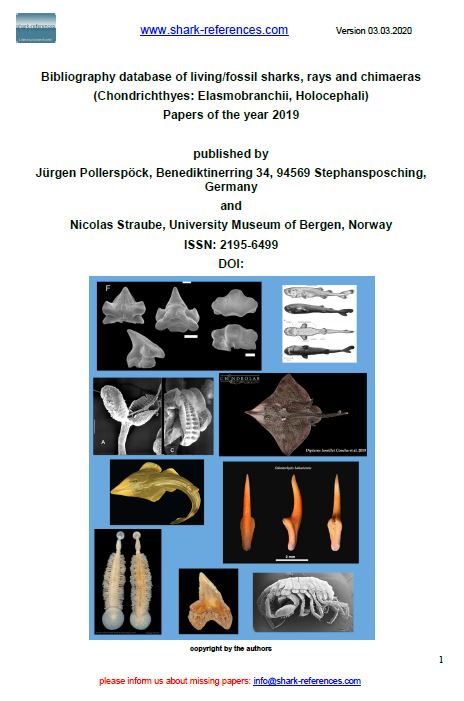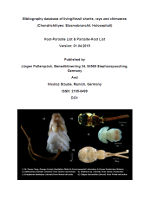
Habitat features influence catch rates of near-shore bull shark (Carcharhinus leucas) in the Queensland Shark Control Program, Australia 1996-2012. Estuarine Coastal and Shelf Science, 200, 289–300
DOI: 10.1016/j.ecss.2017.11.013

Rainfall and sea surface temperature: key drivers for occurrence of bull shark, Carcharhinus leucas, in beach areas. Global Ecology and Conservation, 15, Article e00430
DOI: 10.1016/j.gecco.2018.e00430

Declining trends in annual catch rates of the tiger shark (Galeocerdo cuvier) in Queensland, Australia. Fisheries Research, 129–130, 38–45
DOI: 10.1016/j.fishres.2012.06.005

Chapter 19: Beach Areas Used by Juvenile White Shark, Carcharodon carcharias, in Eastern Australia. In M.L. Domeier (Ed.), Global Perspectives on the Biology and Life History of the White Shark (pp. 271–286). CRC Press
